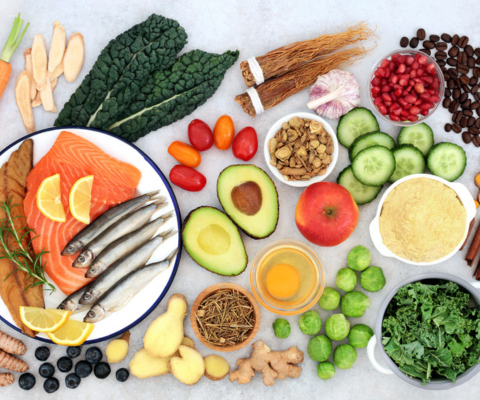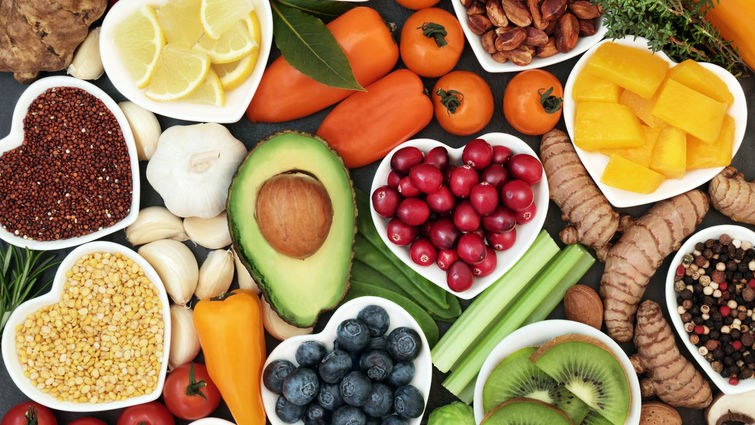Our joints, the intricate hinges and pivots that allow us to move, bend, and twist, are essential for an active and fulfilling life. Maintaining their health is paramount, and while exercise and proper care play vital roles, the food we consume has a profound impact on their long-term well-being. Embracing a diet rich in specific nutrients can help combat inflammation, strengthen supporting tissues, and keep our joints functioning smoothly for years to come. Let’s explore eight culinary cornerstones that can contribute to lasting joint health.
It’s important to remember that a balanced and varied diet is key, and these foods work best as part of an overall healthy lifestyle. Consistency in incorporating these nutrient-rich options can contribute significantly to the resilience and longevity of your joints.
1. The Omega-3 Power of Fatty Fish:
Oily fish like salmon, mackerel, sardines, and trout are brimming with omega-3 fatty acids, particularly EPA (eicosapentaenoic acid) and DHA (docosahexaenoic acid). These essential fats are potent anti-inflammatories, helping to reduce joint swelling and stiffness. Regular consumption can contribute to long-term joint comfort and function. Aim for at least two servings a week.
2. The Vibrant Defense of Berries:
Blueberries, strawberries, raspberries, and blackberries are packed with antioxidants, especially anthocyanins, which give them their rich colors. These compounds possess significant anti-inflammatory properties and help protect joint tissues from damage caused by free radicals. Enjoy a daily dose of these delicious and protective fruits.
3. Liquid Gold: Extra Virgin Olive Oil’s Joint Benefits:
High-quality extra virgin olive oil is rich in monounsaturated fats and contains oleocanthal, a natural compound with anti-inflammatory effects similar to some over-the-counter pain relievers. Using it in salad dressings and for light cooking can be a flavorful way to support joint health.
4. The Golden Healer: Turmeric’s Curcumin Power:
Turmeric, a vibrant yellow spice, contains curcumin, a powerful antioxidant and anti-inflammatory compound. Studies suggest curcumin can help reduce joint pain and stiffness. Enhance its absorption by pairing it with black pepper and healthy fats.
5. Ginger’s Soothing Spice:
Ginger, with its warm and pungent flavor, contains natural anti-inflammatory compounds called gingerols. Research indicates that ginger can help alleviate joint pain and improve function. Incorporate fresh ginger into teas, soups, and stir-fries.
6. Nutty Support: Almonds and Walnuts for Joint Strength:
Almonds and walnuts provide healthy fats, vitamin E, magnesium, and in the case of walnuts, omega-3 fatty acids. These nutrients contribute to reducing inflammation and supporting the tissues around the joints, promoting their strength and stability. Enjoy a handful daily.
7. The Green Guardians: Leafy Vegetables for Joint Vitality:
Dark leafy greens like spinach, kale, and collard greens are rich in vitamins, minerals, and antioxidants, including vitamin K, which is crucial for bone health. These nutrients contribute to overall joint health and can help combat inflammation.
8. Broccoli’s Protective Compounds:
Broccoli and other cruciferous vegetables like cauliflower and Brussels sprouts contain sulforaphane, a compound that has shown anti-inflammatory effects and may help slow down cartilage damage in joints. Regular consumption can contribute to joint preservation.
By consistently incorporating these eight food groups into your diet, you can provide your joints with the essential nutrients they need to stay healthy, strong, and pain-free for years to come. Remember that a balanced approach, combined with regular exercise and proper care, is the most effective way to ensure the long-term well-being of your joints.







